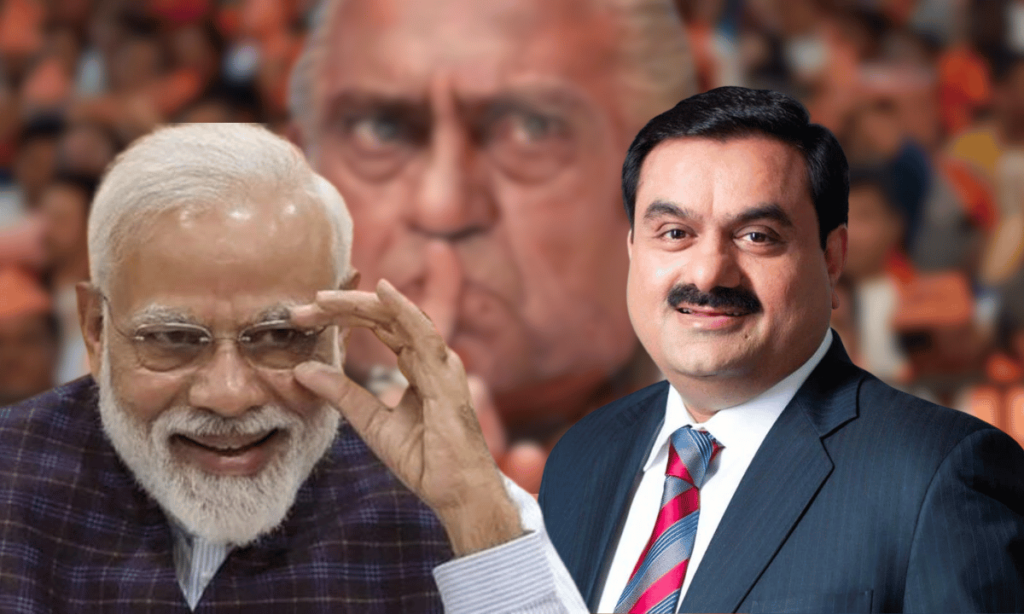India’s legal system is one of the oldest in the world, evolving over centuries. Contrary to popular belief, it did not start systematically developing only during British rule. Indian laws and regulations have long been part of the culture, as reflected in ancient texts like the Manusmriti.
Key Points:
- Constitution: The Indian Constitution, adopted in 1950, is the country’s supreme law. It outlines government functions, citizen rights, and the distribution of power between central and state governments, along with the judiciary’s structure.
- Rule of Law: In India, everyone, including the government, must follow the law. No one is above the law.
- Legal Framework: Based on English common law, India’s legal system includes statutes (laws made by parliament and state legislatures), case laws (court decisions), and customary laws.
- Federal Structure: India has a federal system with power shared between central and state governments. Both can make laws in their areas of authority.
- Three-tier Judiciary: The judiciary operates independently from the government and has three levels:
- Supreme Court: The highest authority.
- High Courts: State-level courts.
- Lower Courts: District and local courts.
- Fundamental Rights: The Constitution guarantees rights like equality, free speech, and religious freedom. Citizens can go to court to protect these rights.
- Criminal and Civil Laws:
- Criminal Law: Deals with crimes like murder and theft, governed by the Indian Penal Code.
- Civil Law: Handles disputes between individuals over issues like contracts and property, governed by various acts.
- Legal Profession: Includes advocates and lawyers who represent clients in court. The Bar Council of India regulates the profession and sets education standards.
- Alternative Dispute Resolution (ADR): Methods like arbitration, mediation, and conciliation offer faster, cheaper ways to resolve disputes outside of court.
- Legal Reforms: Efforts are ongoing to improve the legal system, making it more efficient and accessible.
This summary provides a basic understanding of India’s complex legal system, highlighting its key elements and ongoing evolution.
Read More at Lingayasvidyapeeth



